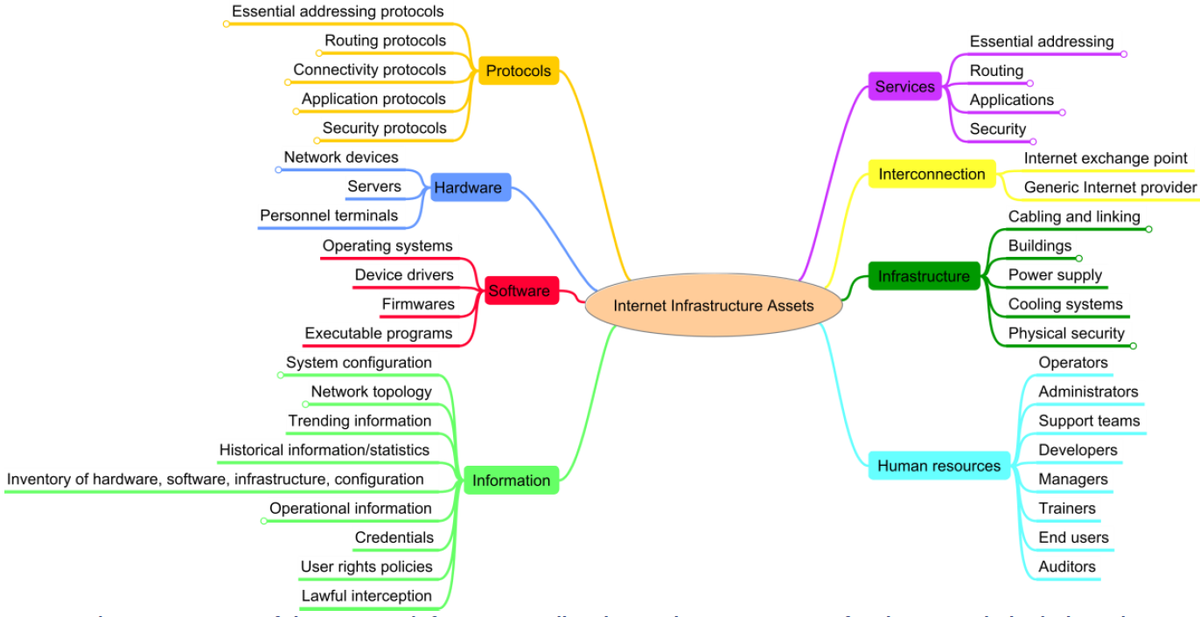

This model only accounts for such a situation along the top edges. ISO9613-2 considers the effect of edges that are not screening, for example an observer looking over the top of a wall. In complex models, applying this recommendation will improve calculation times considerably. ISO17534-3 recommends that lateral paths are limited to vertical edges within the range of the most distant horizontal edge multiplied by 8, with respect to distances from the direct source-to-receiver line. The lateral path method can be configured to only consider "convex" paths that curve in a single direction and do not zig-zag.Ĭonvex path illustration Limit distance (ISO recommendation) Illustration of the inclined source-to-receiver plane Convex path option When enabled, lateral paths around vertical edges are found within a flat plane inclined along the direct source-to-receiver line. It is recommended that you highlight where these simplifications have taken place. For each simplification there will be a degree of error added to the model. The following table of accuracy is taken from ISO9613-2 based on tests without screening or reflections Average height of source and receiverĬomputer modelling requires a simplification of real-world conditions into basic components. It is essential to consider that modelling is only ever an estimate and real-world measurements may differ greatly.


 0 kommentar(er)
0 kommentar(er)
